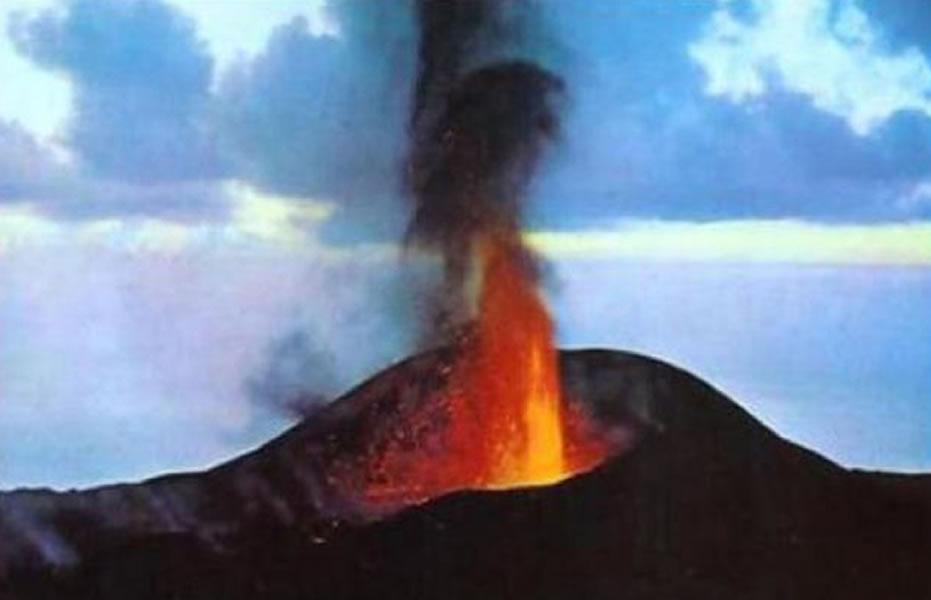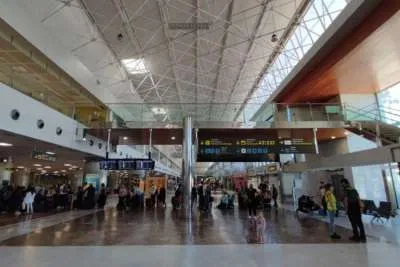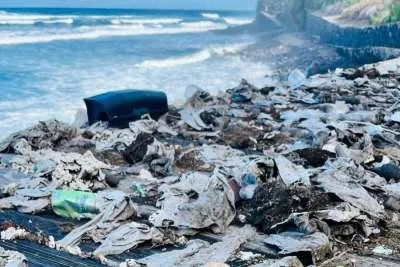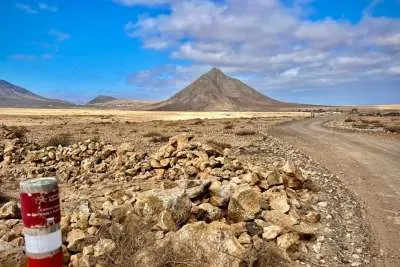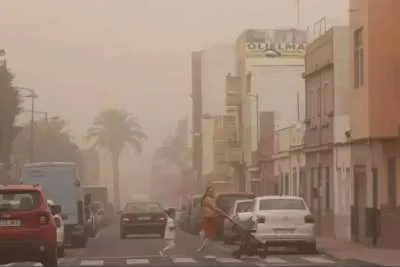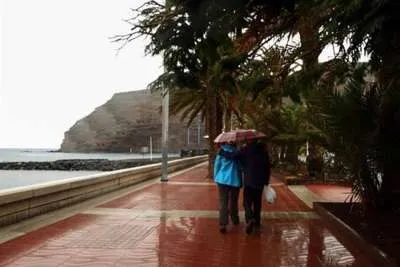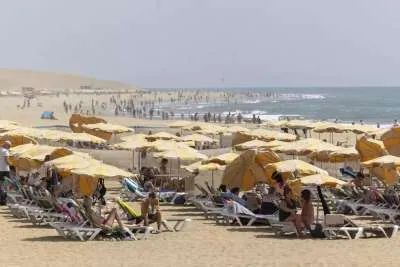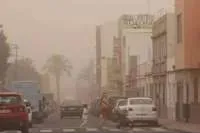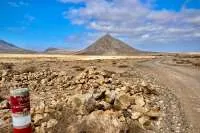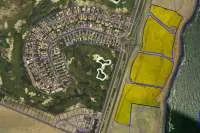The magma reservoir under La Palma is only a quarter of that emitted by Teneguía
- 16-09-2021
- Tenerife
- Canarian Weekly
The volume of the magma reservoir that is causing the current seismic activity on La Palma, is 11 million cubic meters (11 Hm3) which is equivalent to a quarter of the volcanic material emitted by the last eruption on the island, that of Teneguía, almost 50 years ago.
The Volcanological Institute of the Canary Islands (Involcán) has released this information this morning (Thursday) after calculating the amount of magma that is pressing the subsoil of the island, after analysing results from the different surveillance systems installed around the Cumbre Vieja, that have been recording the activity since Saturday
Involcán have described the size of this magma reservoir as "small" compared to the last eruption on the island of La Palma, which is actually the penultimate in the Canary Islands because there was an underwater eruption off El Hierro in 2011.
According to one of the last calculations published in the scientific magazine Geogaceta, from the Spanish Geological Society in 2014, the Teneguía eruption expelled 43.01 million cubic meters of volcanic materials in the 24 days that the eruption lasted, at an average of 1.79 million cubic metres per day.
The different organizations that are monitoring the situation on La Palma, Involcan and IGN among others, agree that the new "seismic swarm" in the vicinity of the Cumbre Vieja, is of magmatic origin and is part of a process that in recent days seems to have accelerated.
However, they are keen to point out that it may not necessarily end in an eruption and there is also the possibility that the activity will stop altogether, which is why the volcanic risk traffic light on the island remains yellow (level 2 of 4), because clearly pre-eruptive phenomena have not yet been detected, which would then raise the alert to orange. Whatever the outcome, nature will decide, as nature is the boss.
Image: Teneguia eruption 1971. Source: Gobierno de Canarias
Other articles that may interest you...
Trending
Most Read Articles
Featured Videos
A Vision of Elvis Tenerife Promo
- 10-05-2025
TEAs 2025 Highlights
- 17-11-2025


